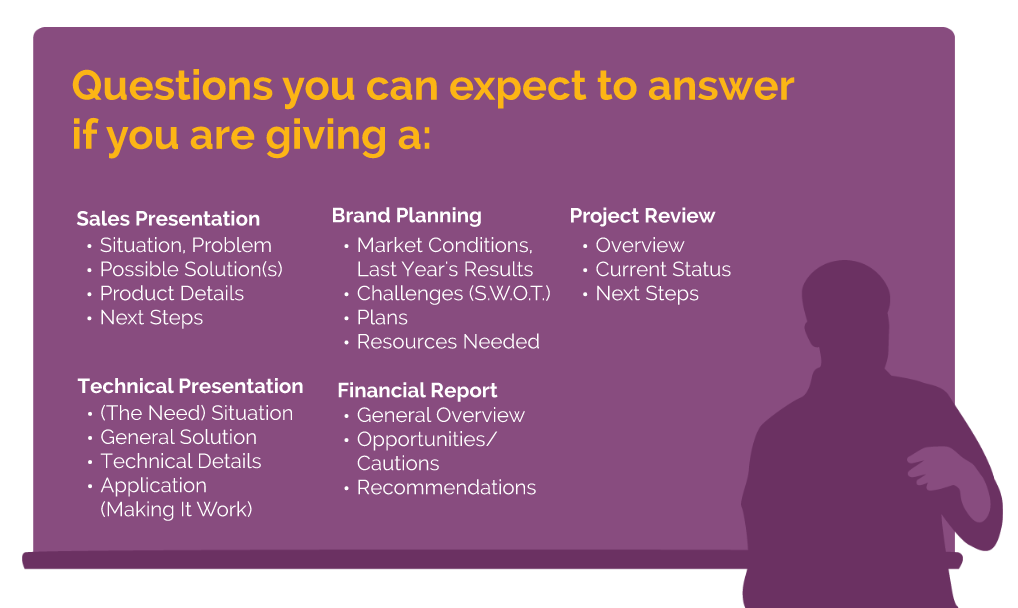I’m breaking Prezi’s blog guidelines because I want to tell you in first-person that I started watching the show Better Call Saul yesterday and am already four episodes in. Before that, I devoured Stranger Things, Westworld, and am on the edge of my seat waiting for the return of Game of Thrones. Chances are you’ve seen one or more of these shows as well, and if we sat down with some coffee, you and I would be able to talk about our favorite parts and characters all afternoon.
Welcome to the power of story. Stories demand our attention. They evoke emotion and activate the imagination. They help us understand and make sense of the world. The metaphors they employ can influence our thoughts as we try to align how something we imagine lines up with reality.
It’s for all of these reasons (and many more) that storytelling is such an incredibly important business strategy– especially when it comes to presentations. Here are three ways you can use story to improve your next presentation.
Present from your audience’s perspective
It’s easy to write from our own point of view. I started this article in first-person and just wanted to keep going because sharing my opinion is fun and natural. But, just like any given audience, you want to know what’s in it for you. So here’s the tip: the more we create content based on the audience’s perspective, the more effective we become. An easy way to start doing this is to anticipate their questions. Check the cheat sheet below for some common presentations and related questions.
 Visualize the idea
Visualize the idea
Visuals are the universal language. Our brains are constantly processing them and they add a layer to stories that can’t be achieved any other way. I love books, but I used television shows as an example for this piece because I’m never going to forget the way the walls rippled in Stranger Things, or the look on Ned’s face when he realized Joffrey’s true lineage. I bet you won’t either.
Make sure that when you’re telling your audience anything, whether the presentation is internal or externally-facing, you’re as visual as possible.
Don’t data dump
If your story is a very long one, don’t try to present it all at once. Instead, save the paragraphs of text and spreadsheets for supplemental materials. Send them off when the presentation is over in order to allow people to take in content at their own pace. You can also try conversational presenting, a method that lets you present as much or as little information as is appropriate for the meeting.
For more tips like these, check out corporate storyteller Donna Griffit’s webinar below. (Mini spoiler: Darth Vader makes an appearance and it’s awesome because everyone loves Star Wars, right?)
When you’re ready, move on to Storytelling for Business Part II: Pitching Your Story to Investors
